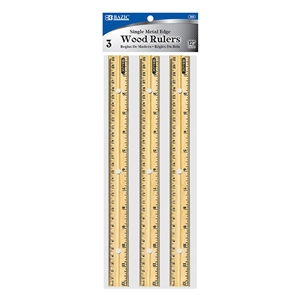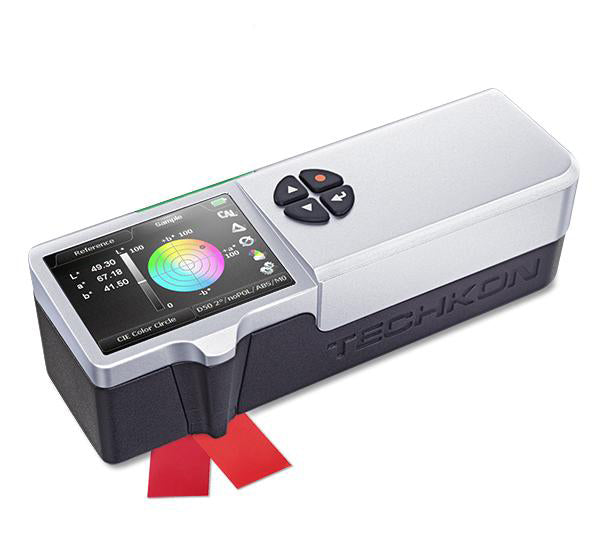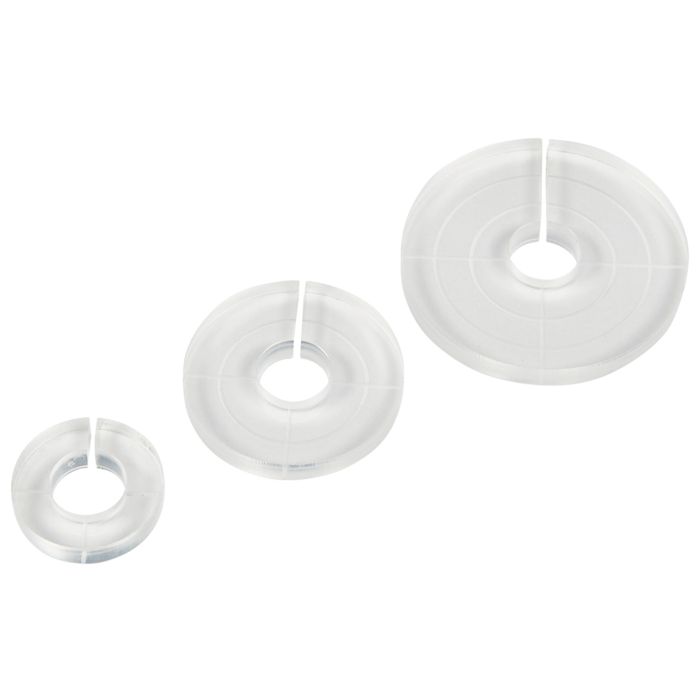

I like to allow it to dry, but it is not critical, before trimming. Place the rug pad over the canvas and smooth it down with your hands from the middle outwards. The green can is low odor, highly recommended! Apply a very thin coat of rubber cement to the entire back of the canvas, making sure to get the edges against the hem. It also makes the thickness more uniform. It prevents sliding and it adds a cushioning to the canvas. Note: If you wait until after you have stenciled to hem, you can adjust for any miscalculations laying out your pattern!Īnd from me: I like to put Ninja brand (Amazon) rug padding on the back of the floorcloth. Press the hem in place and roll down hard. Apply rubber cement to both inner sides of the hem and allow to dry for 30 minutes. Cheap Eyelash Glue, Buy Quality Beauty & Health Directly from China Suppliers:180 pcs Lint Free Paper Cotton Wipes Eyelash Glue Remove UV Gel Nail Tips. After the corners are cut, fold the hems up and in with your fingers a press down. Line up a perpendicular line on the ruler from the corner to the intersection and draw your line to cut the corner. A gridded ruler or quilting tool makes corner cutting easy. The score lines intersect, and this is where you want to cut the corners. Hems can be whatever width you want, but they all need to be the same! After scoring the canvas, cut the corners off. In class, Michele instructs us to score the edges on the back side using the edge of a screwdriver. After it is cut, it is sanded with an electric sander and a very fine sand paper. If the canvas is going to be used for several cloths, it is then cut. The next step is to apply two coats of paint to the top. After 24 hours, the canvas can be unstapled. Gesso is applied using the same roller, kept moist in plastic bags, to the back.

The canvas is unstapled and flipped over and re-stapled. The gesso is allowed to dry for at least 24 hours. She has two sources for gesso: Golden brand from Dick Blick, or Liquidtex from AC Moore. She then uses a fuzzy, lint-free paint roller to apply gesso to the front side of the canvas.

The staples need to be in at least 1 ½” from the edge and spaced 4”-6” apart. She staples #10 canvas to the wooden floor in her barn hayloft (turned workshop). I have been asked what the preparation process is from raw canvas to the finished floorcloth. The canvas that you have received for this class was prepared by Michele Hollick of Stenciled Floorcloths by Michele:


 0 kommentar(er)
0 kommentar(er)
